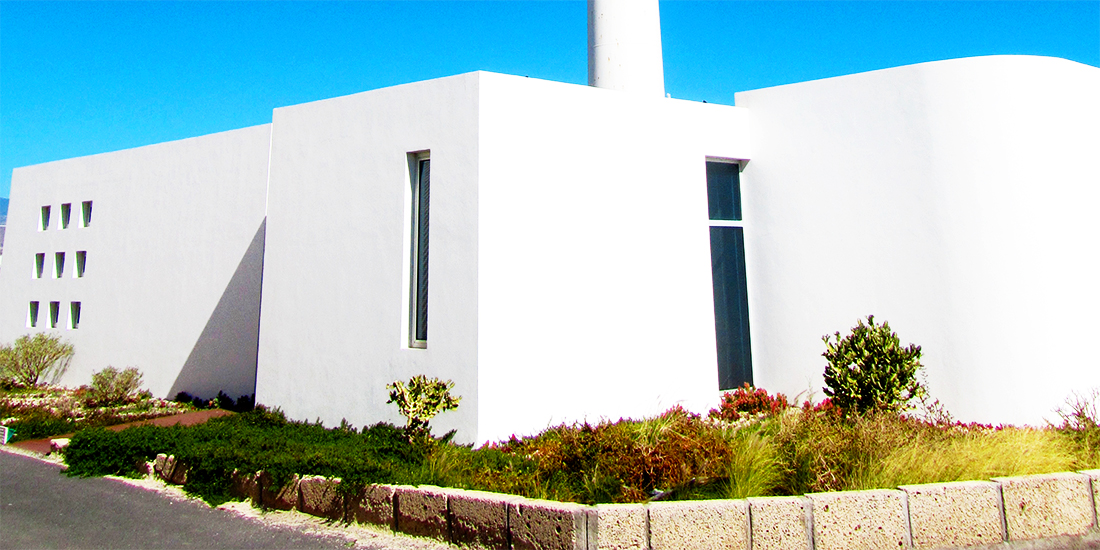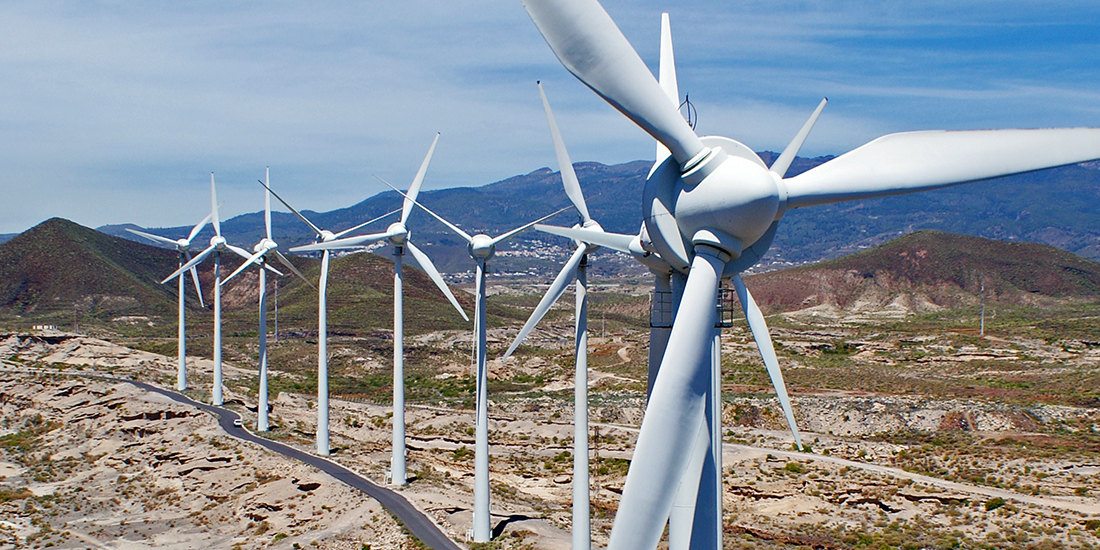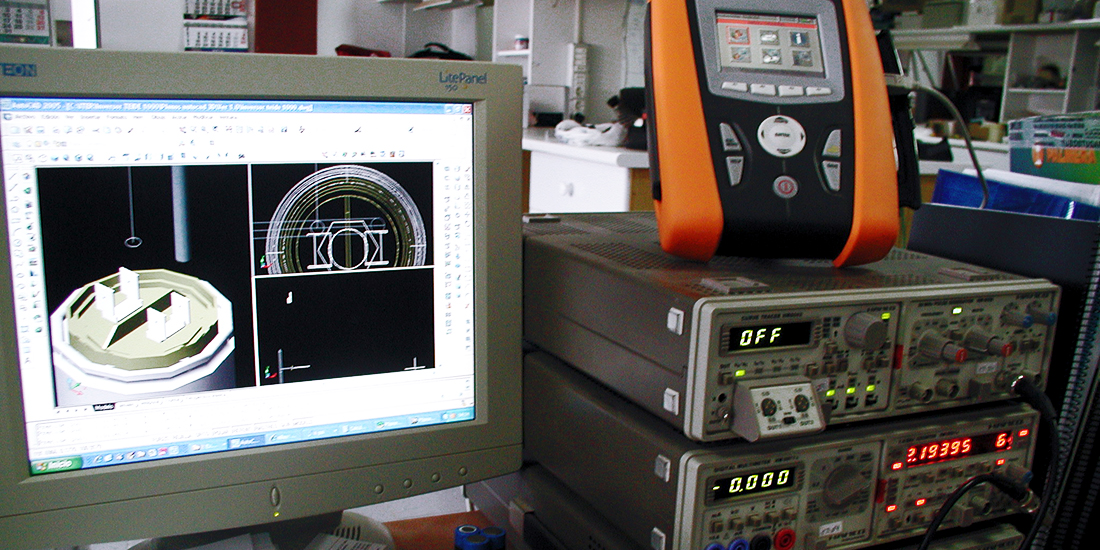The Wind Tunnel is a facility in which a rectilinear and uniform air flow is obtained at a controlled speed in the test chamber, and which allows the study of the effect of wind on real objects or scale models. For aeronautical uses, this flow must have a quality that is determined by its uniformity and turbulence level.
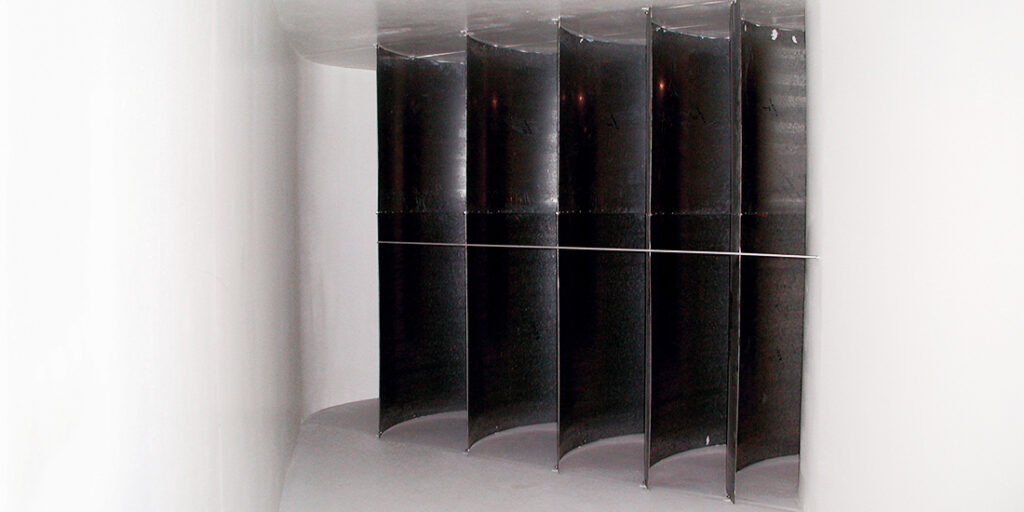
Technical characteristics
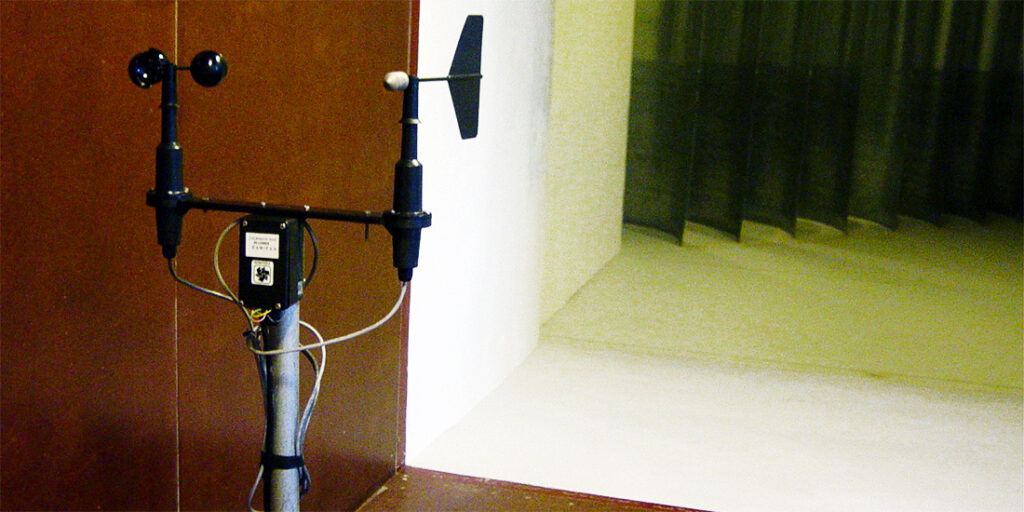
- Closed circuit.
- Test chamber: 2×2 m2 of section and 3 m long.
- Maximum operating speed in the chamber: 56 m/s, or 48 m/s in aeronautical configuration.
- 9 fans of 22 kW each (24m3/s and 500 Pa pressure increase).
- Aeronautical tests: flow uniformity > 99.5% and turbulence level < 0.5%.
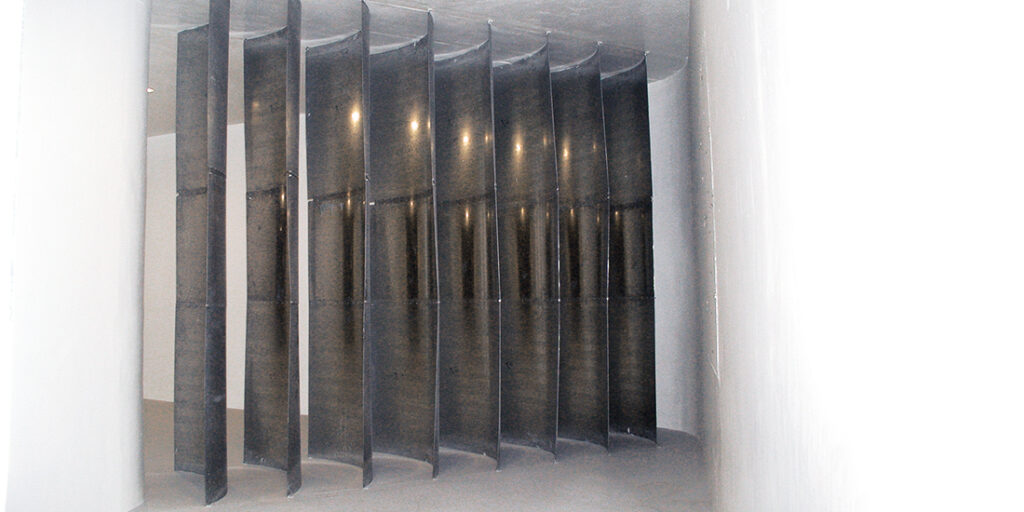
Applications:
- Aeronautical Testing
- Civil Engineering.
- Renewable Energies.
- Sports Training.
- Architecture.
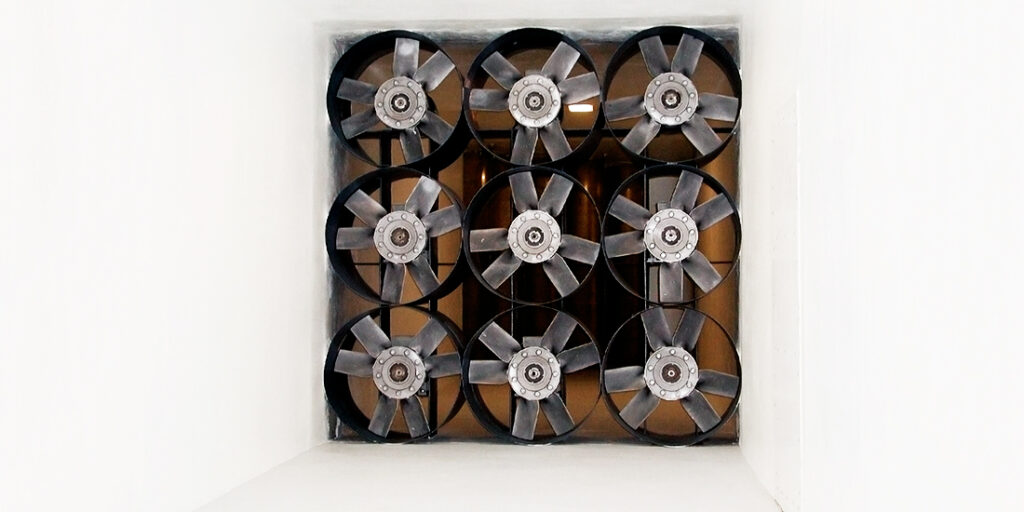
Instrumentation:

- 220 kW frequency inverter: regulates the rotational speed of the fans, allowing to control the air flow speed in the test chamber.
- Six-component balance.
- Scanivalve system (pressure scanner).
- Hot wire anemometer.
- Pitot tubes.
- Pressure comb.
- Visualization systems.
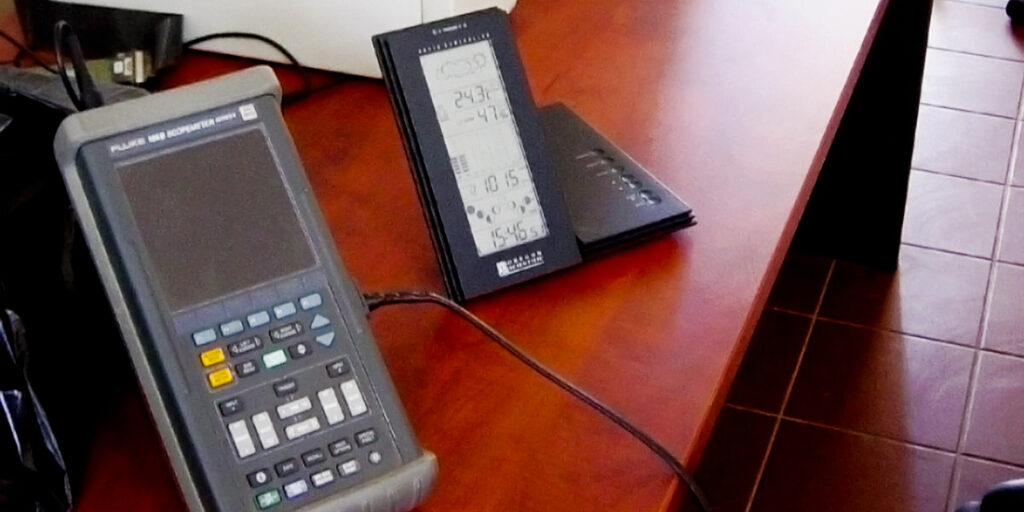
Links of interest:


